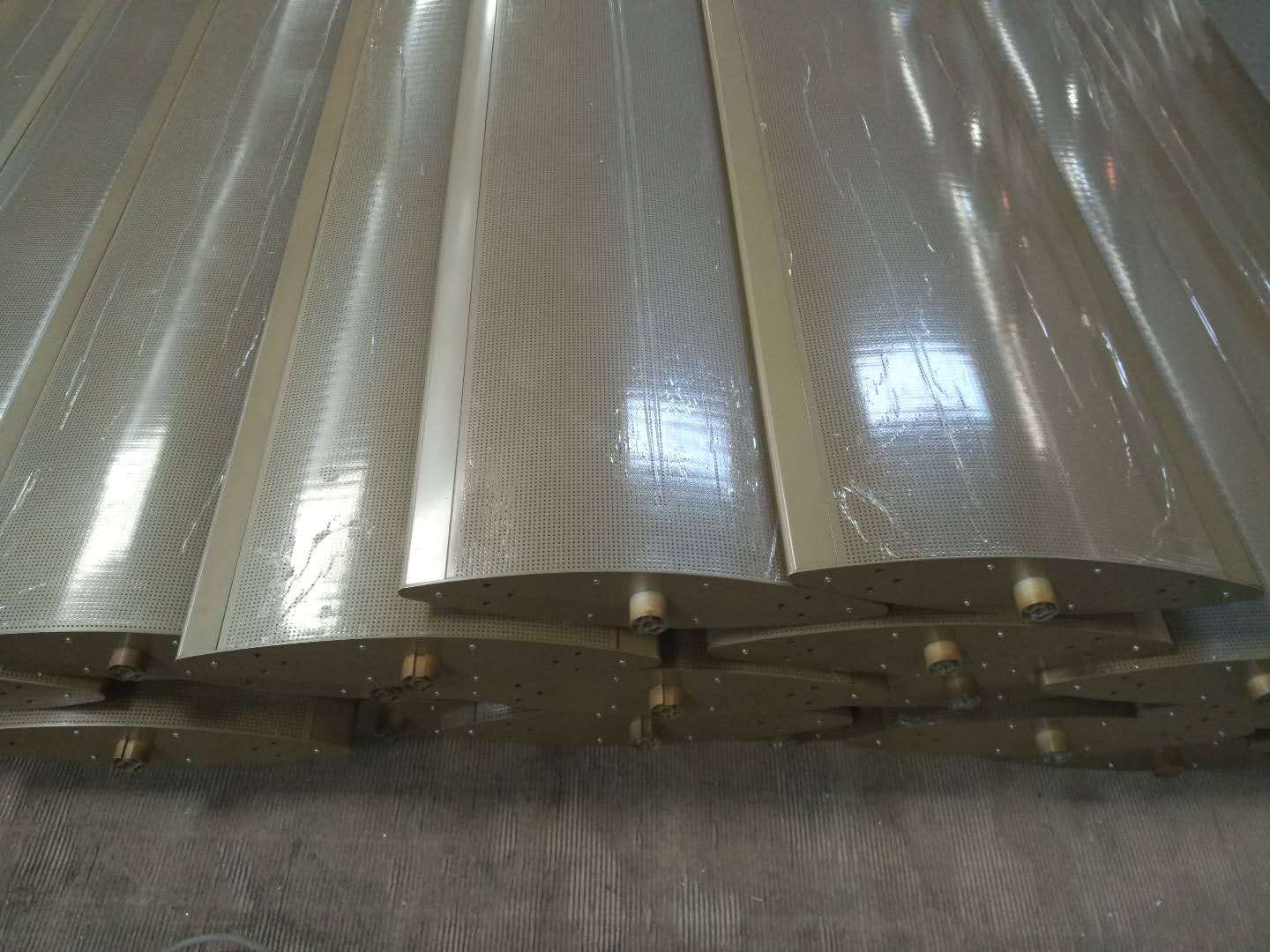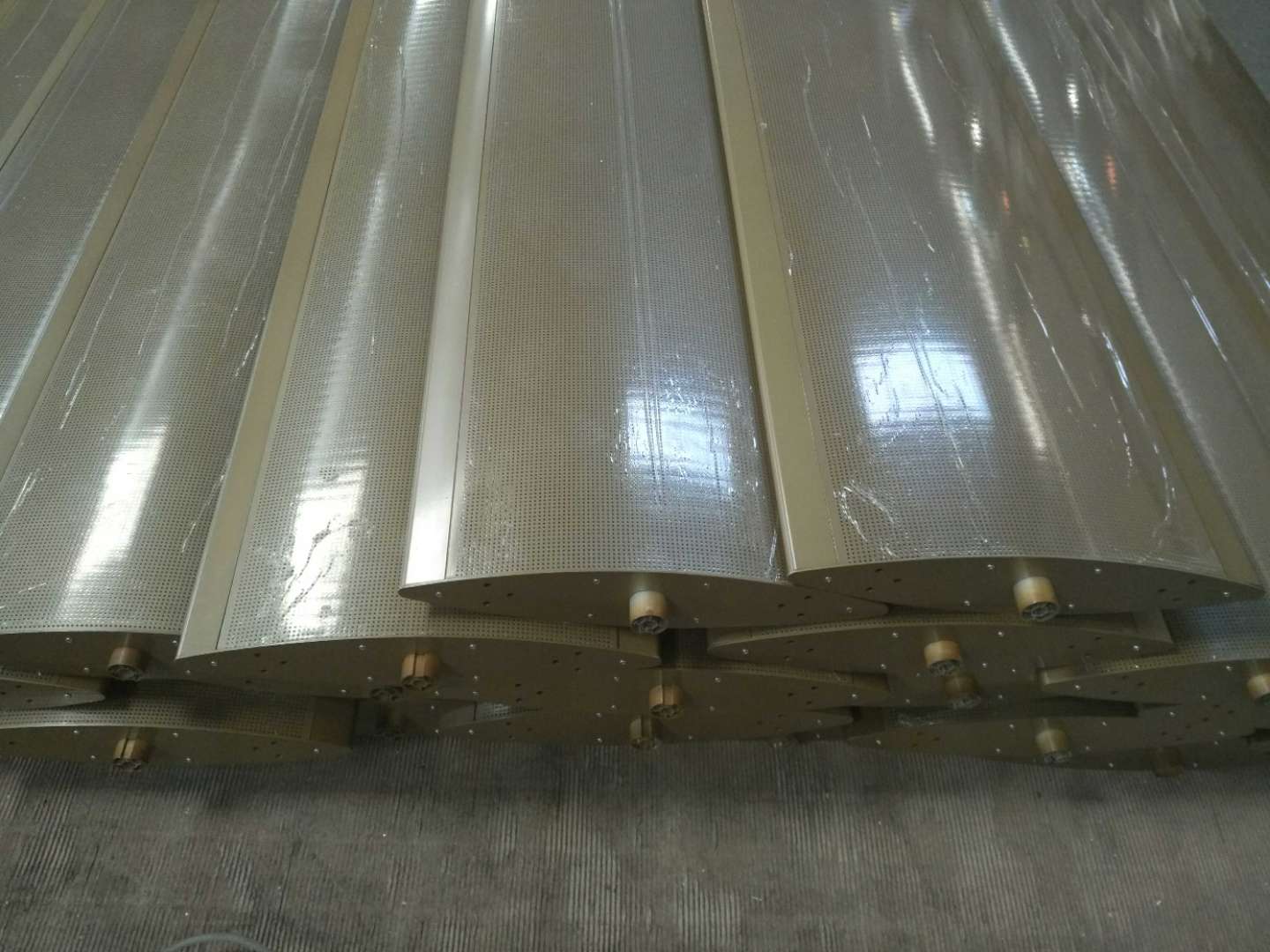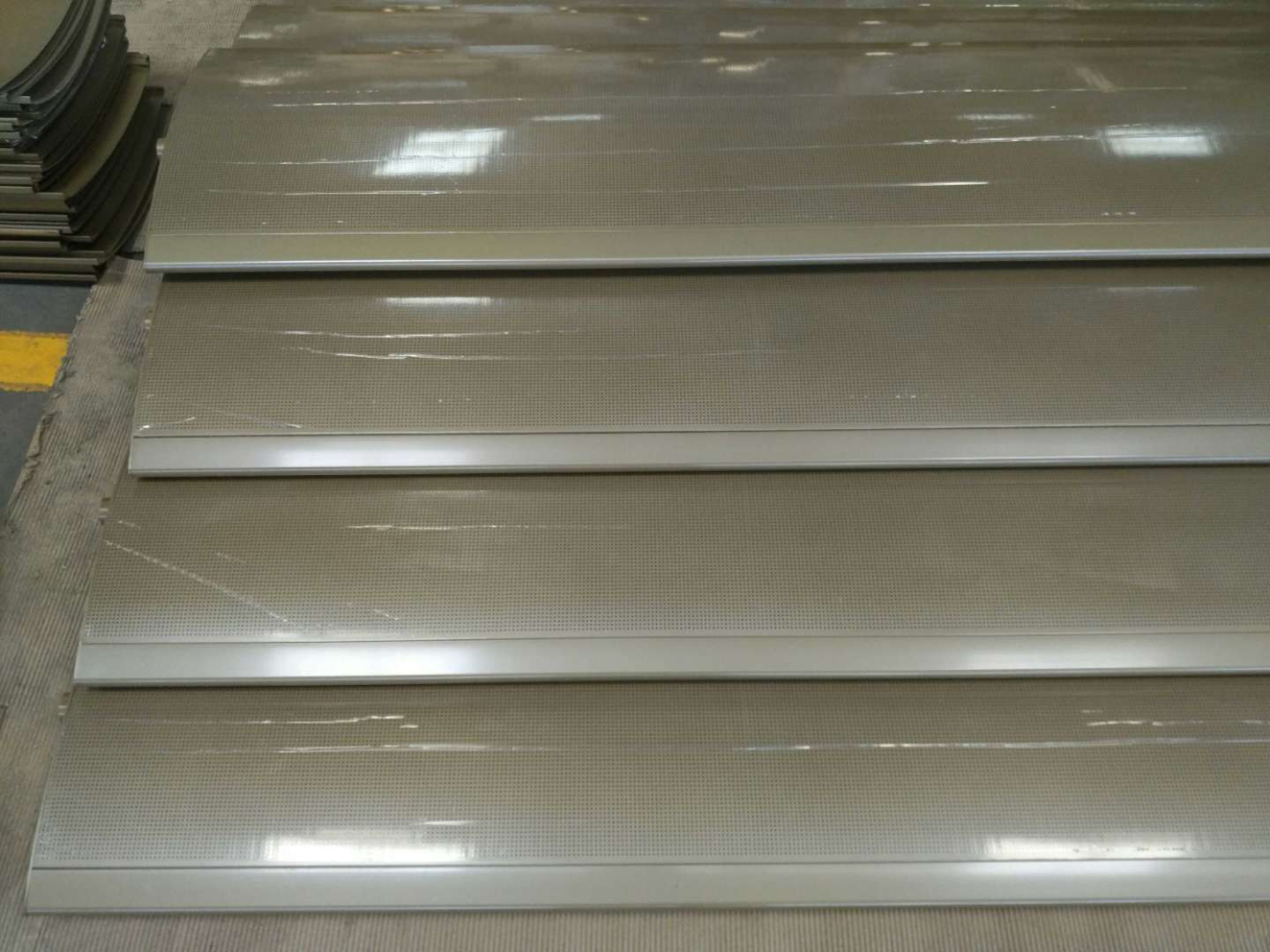Features of fusiform louvers
1. The blades of fusiform louvers are fusiform, with double cambered surfaces, beautiful shape, and high-tech feel. The ventilation louvers blades have a large cross-section and are hollow structures with high strength. They meet the toughness and ductility requirements of wall louvers. Aluminum exterior louvers are suitable for large-span use and can protect glass curtain wall;
2. The blades of fusiform louvers are slightly arc-shaped, which reduces forward wind pressure when closed and provides sunshade control that is not affected by wind. The alum louvers blade angle is adjustable from 0 to 105 degrees. The ventilation louvers blade angle can be adjusted according to the angle of the sun to achieve sunshade. The alum louvers have optimum dimming effect;
3. Fusiform louvers have hidden motor or external motor linkage drive, scientific structure,aluminum exterior louvers are easy for installation and combination, and alum louvers have reliable quality assurance;
4. Fusiform louvers can be installed horizontally or vertically (including fixed). alum louvers are suitable for large-scale glass curtain walls and glass ceilings of various modern buildings. ventilation louvers are suitable for indoor and outdoor shading of flat, vertical and inclined buildings. The structure of alum louvers is magnificent and the color of the blades can be customized according to the designer or the designer. The owner requested a choice that perfectly matched the architectural decoration.
5. Blades of Fusiform louvers are available in various specifications: 100mm, 150mm, 200mm, 300mm, 400mm, 450mm and other specifications, with reinforced ribs. The alum louvers length and size should be combined with the existing window frame position as much as possible to effectively increase the shading effect.
6. Performance of fusiform louver blades: alum louvers aluminum alloy thickness is not less than 1.0mm, alum louvers surface treatment includes spraying treatment, fluorocarbon treatment, etc., among which fluorocarbon treatment is the most common and the spraying thickness is 6U±1U, chemical composition: magnesium 0.45-0.90%, Silicon 0.2-0.6%. The tensile strength is not less than 160Mpa; deviation and deformation: angular deviation ±1 degree, plane gap: not less than 0.26mm, twisting degree (mm/mm width): not more than 0.026 per meter of length.



